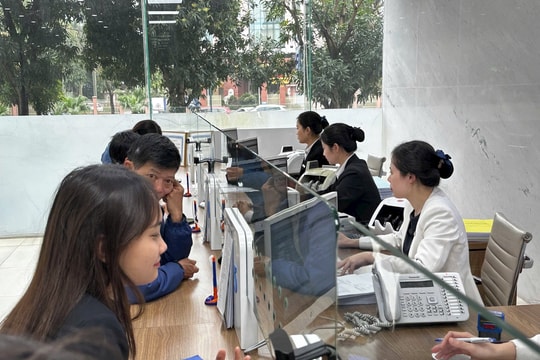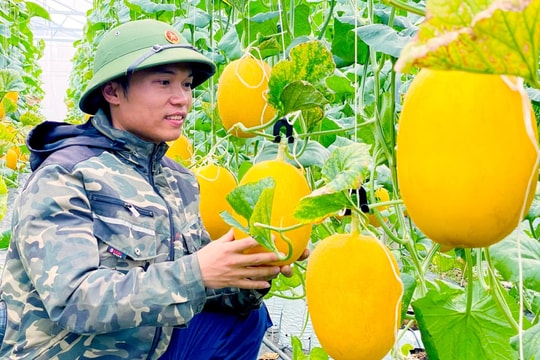Circular economy - key strategy in the era of climate change- Final article: Circular economy - Breakthrough solutions in the coming time
Reporters of Nghe An Newspaper, Radio and Television interviewed Associate Professor, Dr. Nguyen Hong Quan - Vice Chairman of the Council, Director of the Institute for Circular Economic Development Research (Ho Chi Minh City National University) about the current directions of businesses and solutions for developing a circular economy.

Reporter Group(Perform)/Technique:Hong Toai• November 11, 2025
------------------------o0o---------------------
Reporters of Nghe An Newspaper, Radio and Television interviewed Associate Professor, Dr. Nguyen Hong Quan - Vice Chairman of the Council, Director of the Institute for Circular Economic Development Research (Ho Chi Minh City National University) about the current directions of businesses and solutions for developing a circular economy.
------------------------o0o---------------------
PV:Dear Associate Professor, Dr. Nguyen Hong Quan, thank you for participating in the interview with Nghe An Newspaper and High School about circular economy. First of all, could you please tell our readers about the value that circular economy creates?
Associate Professor, Dr. Nguyen Hong Quan:Circular economy (CEE) is “an economic system that maintains the value of products, materials and resources in the economy for as long as possible, while minimizing waste – i.e. closing the product life cycle”. This means that all resources are exploited, used, reused and recycled to the maximum, minimizing waste to the environment. Different from the traditional linear economic model of “exploitation - production - consumption - disposal”, CEE aims to redesign the entire production and consumption chain, so that materials after the end of their life cycle at one stage can become inputs for another stage.
.png)
What is more important is to look at the value that the circular economy creates - not only in terms of reducing environmental pollution, but also in terms of ecological, economic and social value. On a small scale, the circular economy helps people, cooperatives and businesses save costs, reduce dependence on new raw materials, and use available resources more effectively. When expanded to a regional, industry or national scale, this model also contributes to creating more green jobs, restoring natural ecosystems, increasing labor productivity and forming new growth drivers based on innovation. Communities and businesses participating together will form a "value circle" - a unified circular economy ecosystem, bringing sustainable benefits to both the economy and future generations.
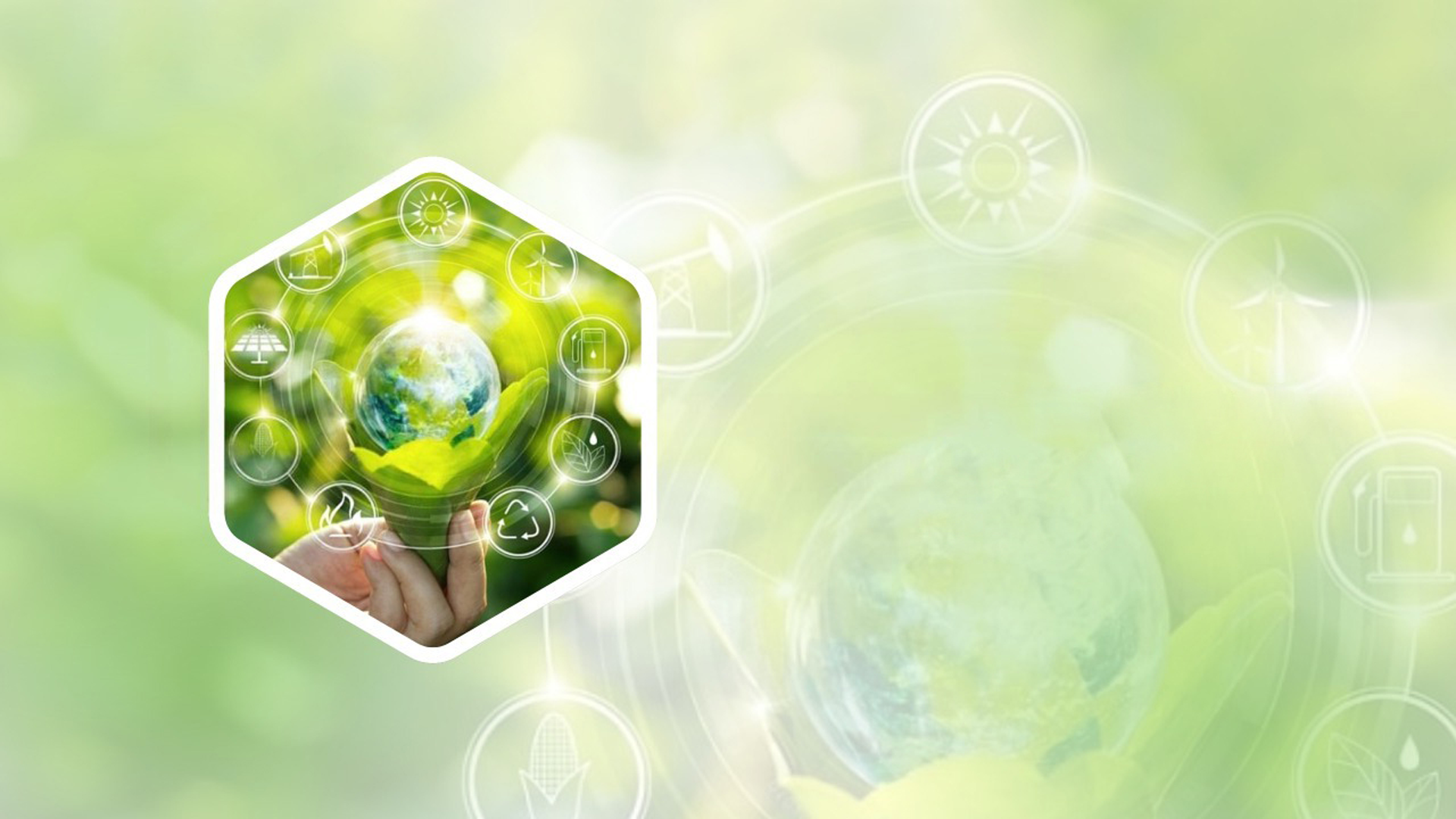
PV:Associate Professor, could you elaborate on the role of the value chain in developing circular economy? And is this also a solution to promote this model?
Associate Professor, Dr. Nguyen Hong Quan:The circular value chain in the circular economy is a production and business organization model in which all stages (from design, production, distribution, consumption to recovery - recycling - reuse) are connected and operated according to the principle of minimizing waste, extending product life cycle and regenerating resources. The circular economy needs to be viewed from a systemic perspective - covering the entire product life cycle from input, production, consumption to recycling and regeneration. In each stage, if we know how to connect properly, we will form a closed circular value chain with the participation of relevant parties.
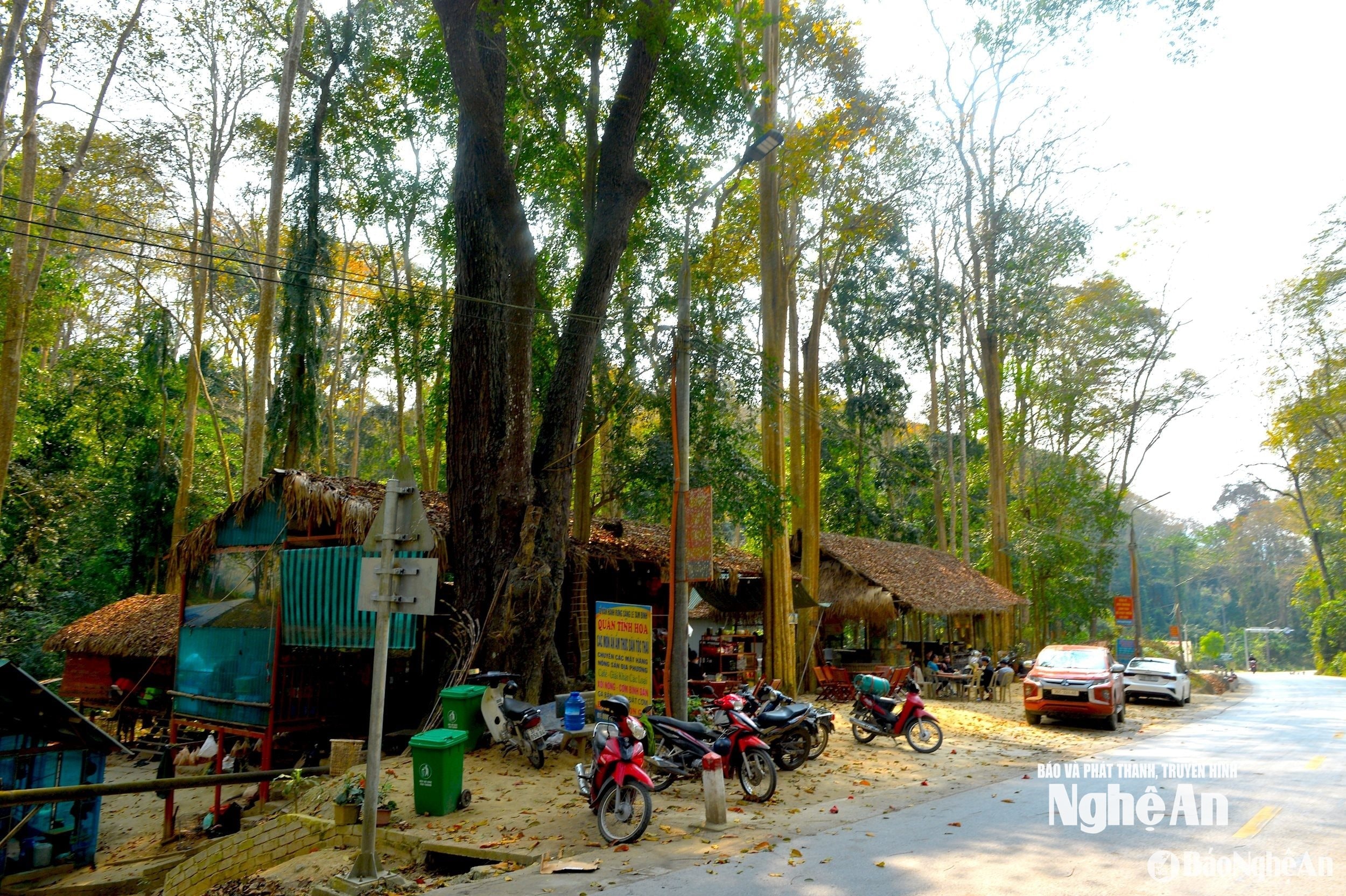
For example, in agriculture, livestock waste can be used as fertilizer for crops, while agricultural by-products can be recycled into animal feed or bioenergy. When these stages operate in sync, resources are used more efficiently, reducing emissions and treatment costs.
The circular value chain not only helps reduce resource waste but also creates added value for people and businesses at each stage. The circular value chain therefore has no end point, but is a closed loop between the actors: Producers, consumers, collectors - recyclers and policymakers. This is one of the core solutions to promote circular economy, because it turns each individual link into a sustainable cooperation system, together towards green and long-term development.
PV:According to Associate Professor, what are the breakthrough solutions to promote circular economy in Vietnam in the coming time?
Associate Professor, Dr. Nguyen Hong Quan:Circular economy in Vietnam is still facing many difficulties similar to other economic sectors in the early stages of development, such as lack of stable output, small scale and limited technology. Therefore, there is a need for breakthrough, synchronous and substantial policies to create momentum for transformation.
First of all, the State needs to promote its role in creating and perfecting institutions and policies on land, tax, credit and science and technology; at the same time, allocate sufficient resources to support green production. Tax incentives and subsidies for recycled, organic or environmentally friendly products will encourage businesses to invest and expand their scale. Along with that, people, production households and small businesses need to have clear legal status to easily access policies, capital and technology. When officially participating in the economy, they become part of the circular value chain, contributing to expanding the spread of the model.

In addition to policies, it is necessary to promote the connection between the State - enterprises - institutes, schools and scientific organizations, forming an innovation ecosystem serving the circular economy. The State guides and supports, enterprises are the center, and science and technology are the levers to create breakthroughs. When these factors operate synchronously, the circular economy will not only be a slogan, but will become the pillar of green growth and sustainable development in Vietnam.
PV: What specific activities does the Circular Economy Development Research Institute currently have to support businesses in the green transition process, Associate Professor, Doctor?
Associate Professor, Dr. Nguyen Hong Quan:The Institute focuses on three directions: One is research; two is consulting, policy advice and three is training and connecting parties. Specifically, the Institute advises businesses on circular production models, supports green product design, and participates in innovation programs on circular economy. At the same time, we advise ministries, branches and localities in building circular economy development policies, strengthening international cooperation to learn from experiences and receive new technologies.
The Institute also cooperates with domestic enterprises - including enterprises in Nghe An - especially in the fields of agriculture and processing, to promote a greener and more sustainable transformation.
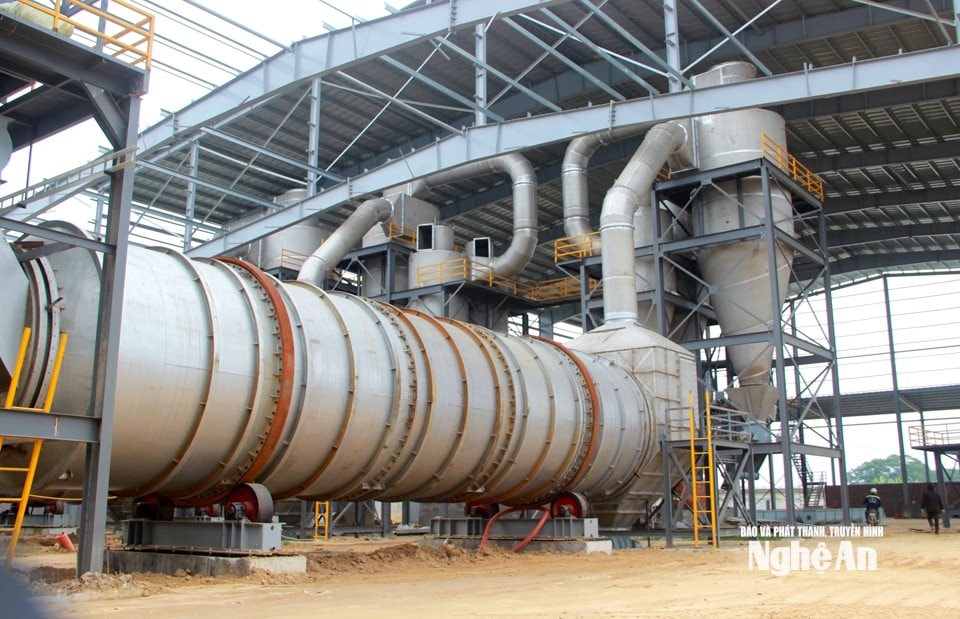

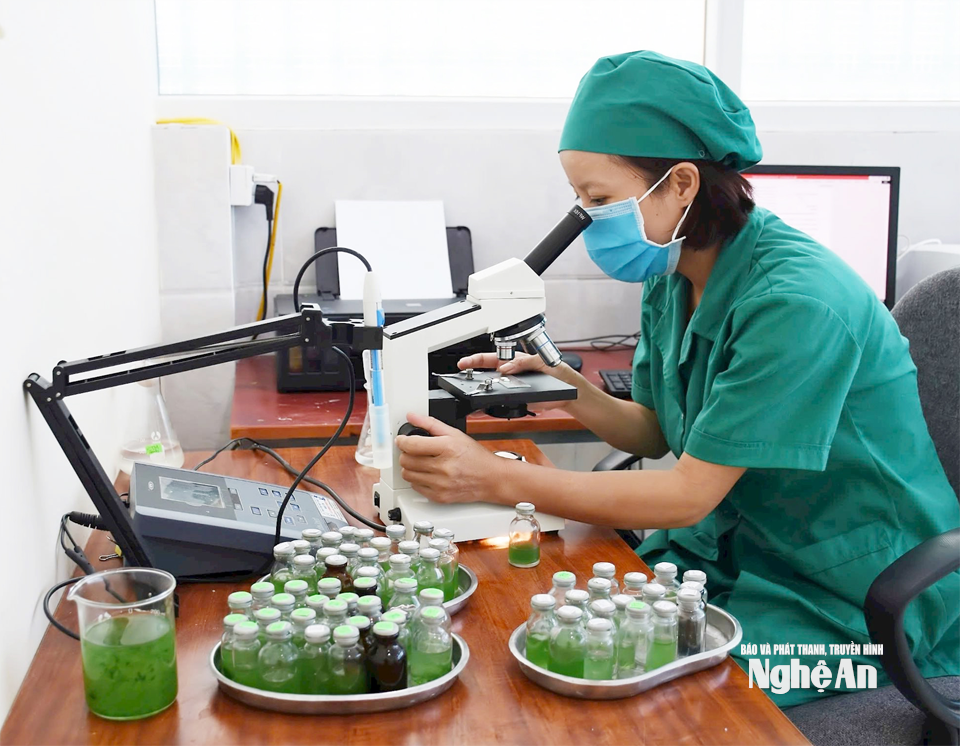


PV: For small and medium enterprises in Nghe An, what do they need most to develop circular economy?
Associate Professor, Dr. Nguyen Hong Quan:This is an issue that many businesses are concerned about. One of the major challenges is the lack of information, tools and practical experience to effectively apply KTTH.
Circular economy has been successfully implemented in many countries, but in Vietnam, dissemination and specific guidance are still in the early stages. Therefore, proactively learning and gradually approaching is very necessary. I highly appreciate the pioneering models of circular economy in Nghe An. In my opinion, businesses that have the desire to innovate technology, or switch to circular economy should proactively learn and invest through training courses, seminars, or support programs from the State and international organizations.
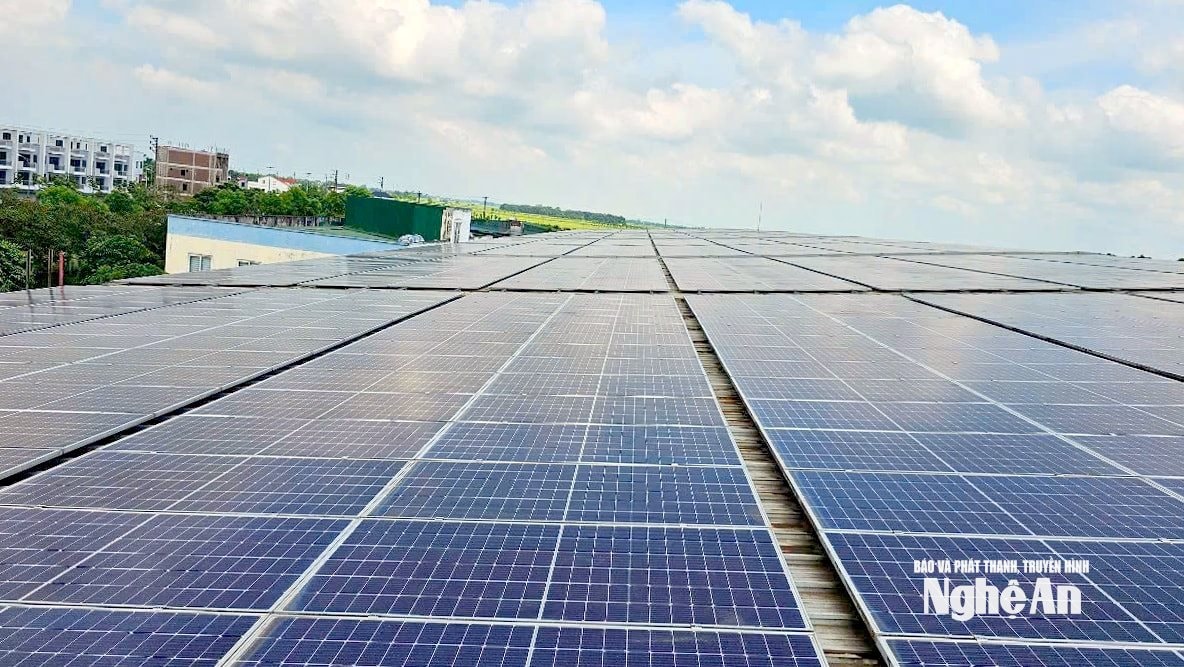
The most important thing is the vision and commitment of business leaders. When there is a clear strategy, businesses can easily build action plans, take advantage of available resources and preferential policies of the State. I understand that Nghe An has invested in small circular economic models in agriculture. Not all solutions require large costs - businesses can start with waste management, reuse of raw materials or develop closed production chains. Although small businesses are limited in capital and technology, they are a dynamic, flexible and adaptable force. Therefore, local authorities, Business Associations and support organizations need to accompany with consulting programs, technology support, and preferential loans for circular projects.

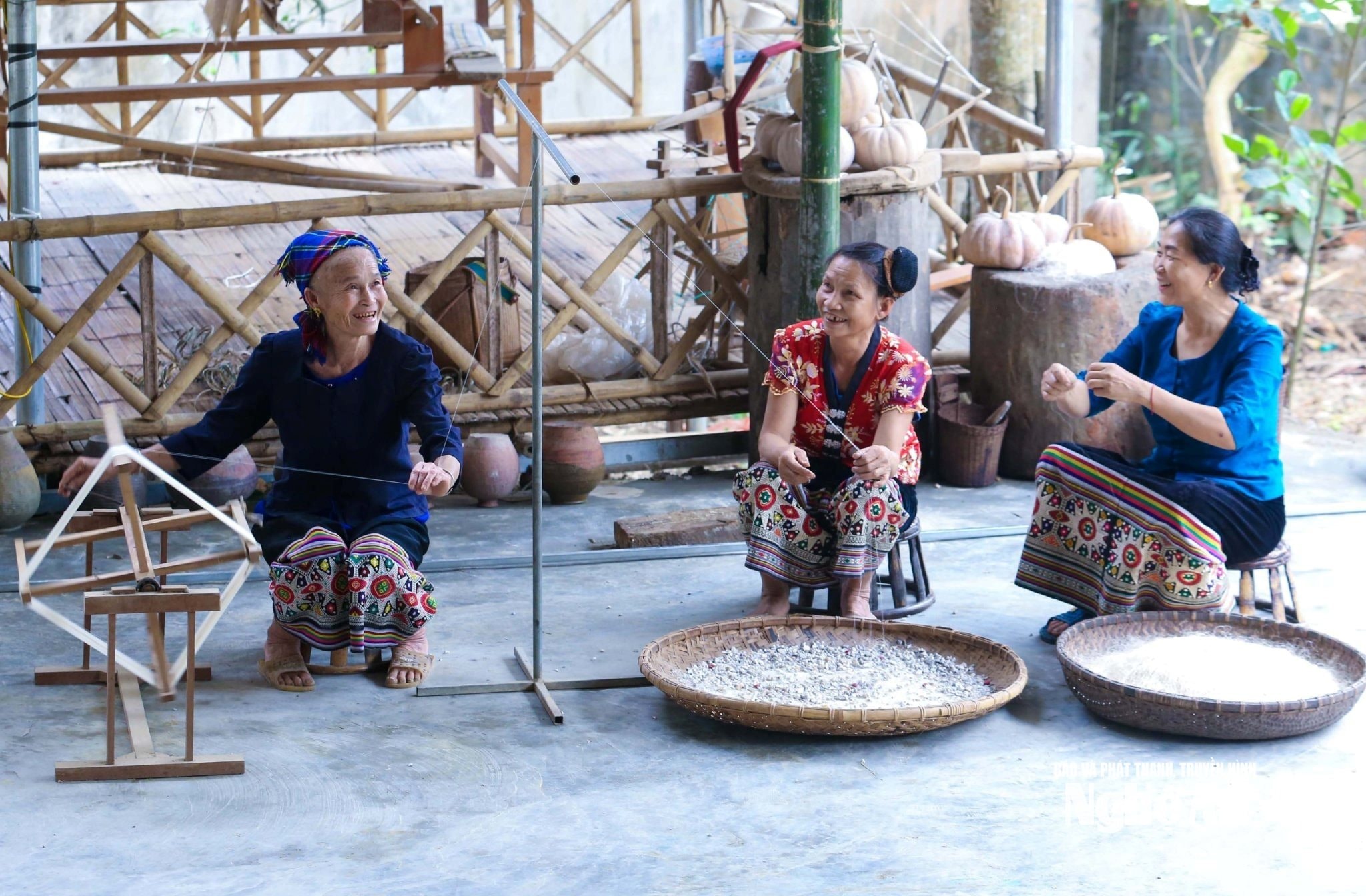
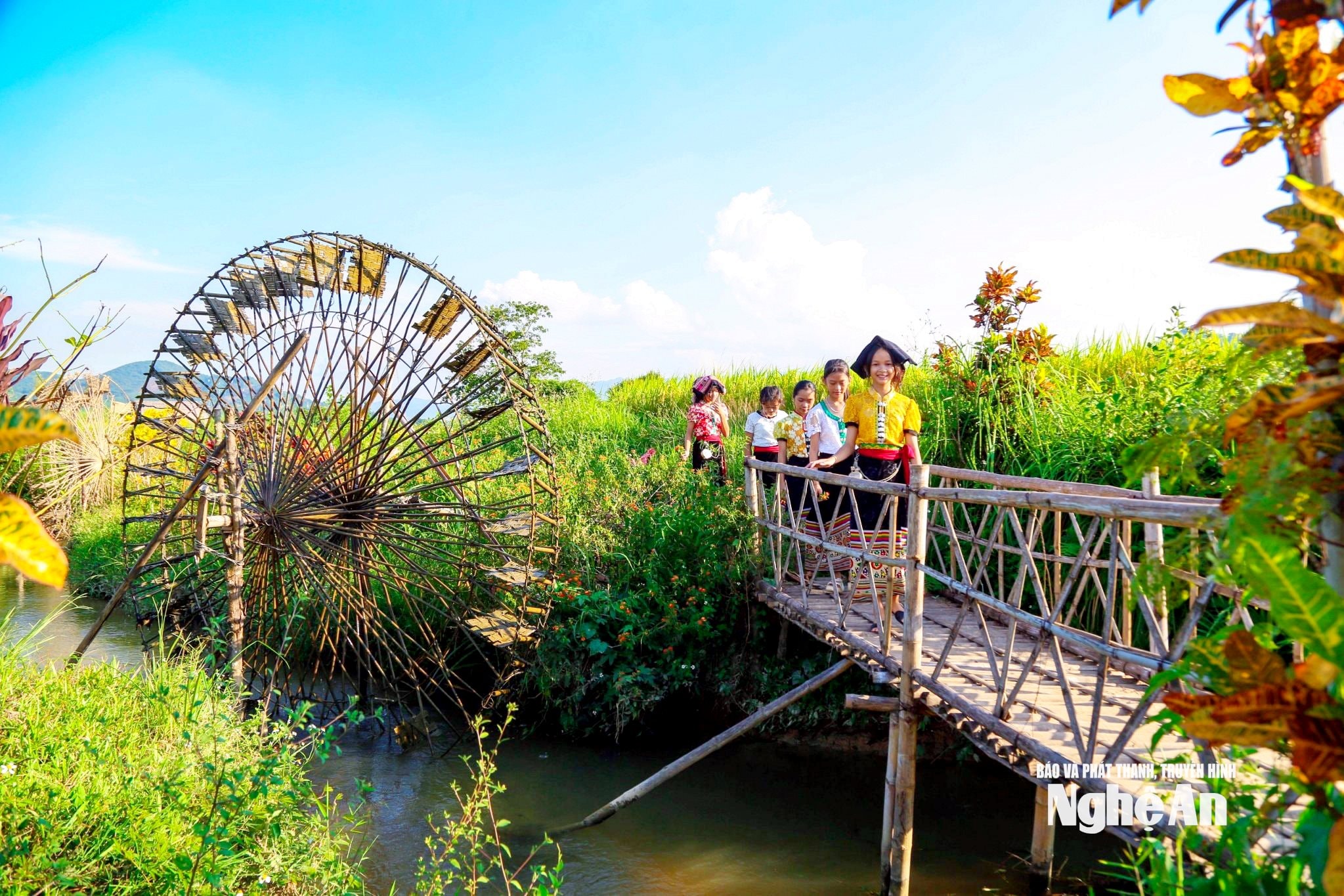
I believe that, with the spirit of progress, the desire for innovation and responsibility to the community, Nghe An enterprises can absolutely become pioneers in developing circular economy, contributing to the implementation of the country's green growth target. However, to realize the idea, enterprises need to have full legal status to easily access policies and support resources.
PV: Thank you very much, Associate Professor, Dr. Nguyen Hong Quan!
At the meeting on October 28, 2025 of the 10th Session, XV Term, the National Assembly devoted an entire working session to reviewing the implementation of policies and laws on environmental protection since the Law on Environmental Protection 2020 took effect. In a serious working atmosphere, 42 delegates spoke, focused on analyzing and discussing in depth many urgent issues such as environmental protection in agriculture and forestry, control of ocean plastic waste pollution, soil, sea, air and water pollution, response to natural disasters and climate change, building an environmental database, developing green credit and carbon markets, perfecting the legal framework and thoroughly handling polluting establishments. The fact that the National Assembly put environmental protection at the center of the National Monitoring and Discussion Program shows the determination, responsibility and strategic vision of the highest legislative body for the cause of sustainable development of the country. That affirms that the National Assembly always considers environmental protection a central task, closely linked to social security, green growth and the future of future generations.


.jpg)
